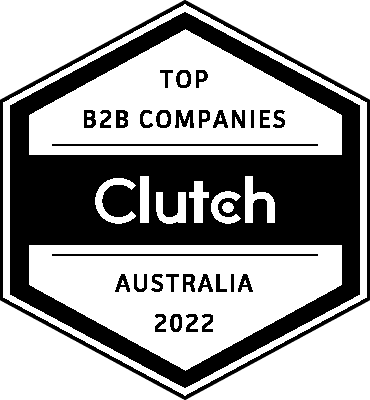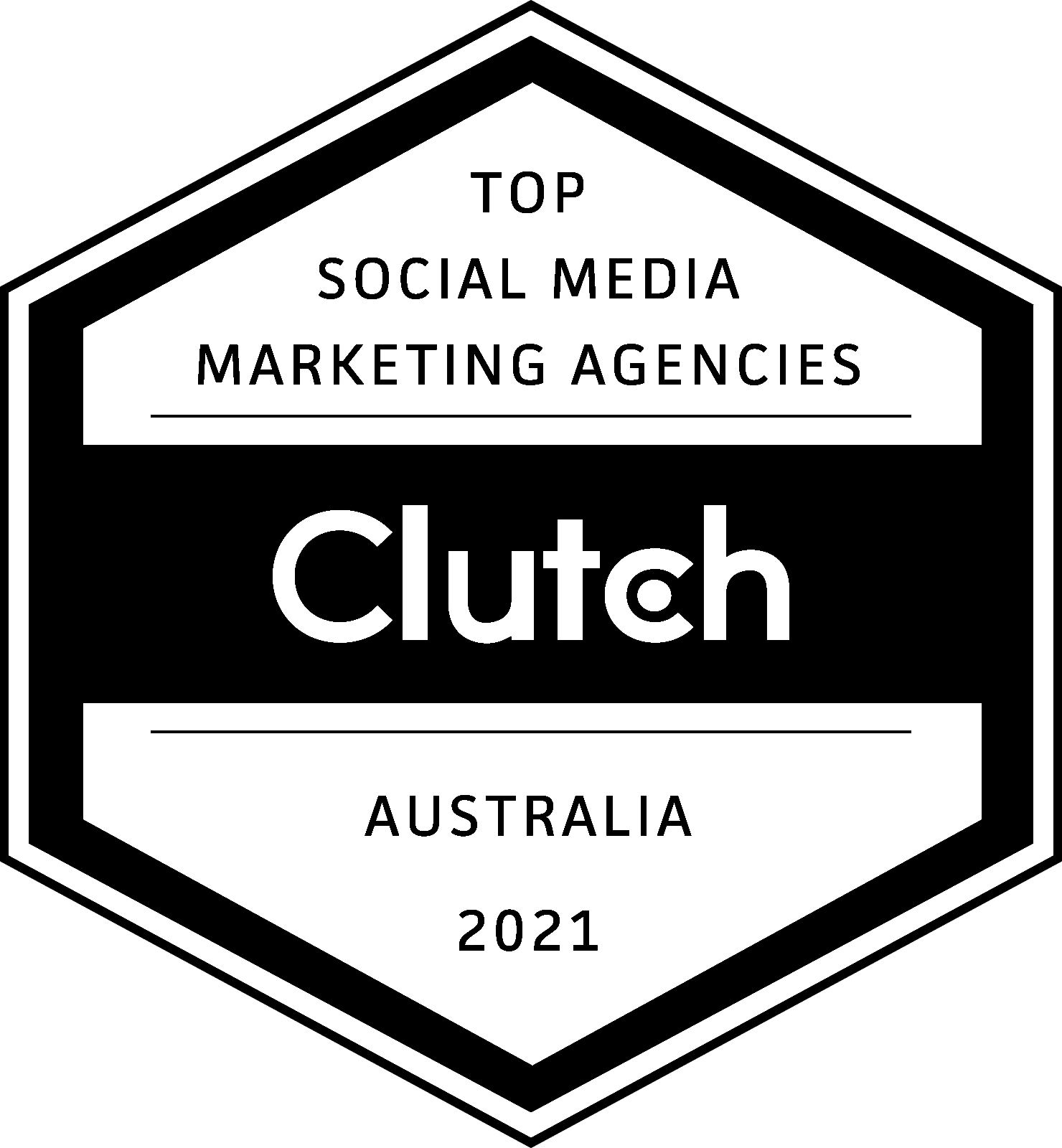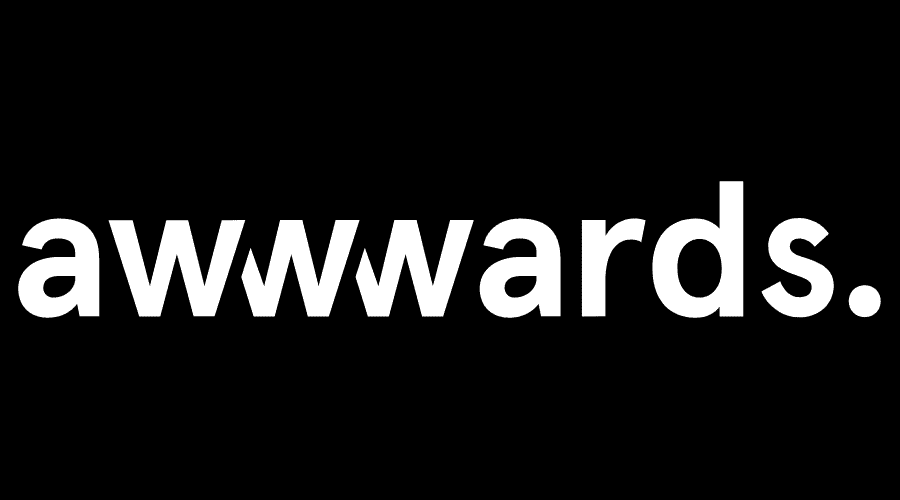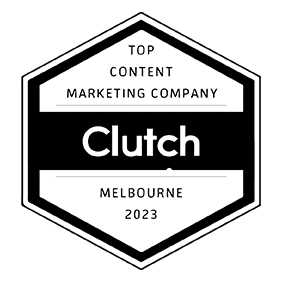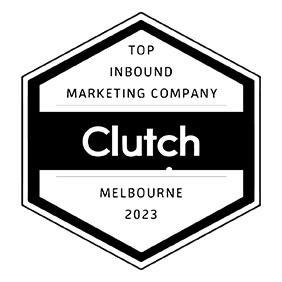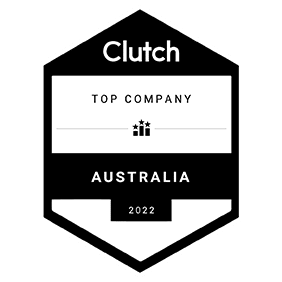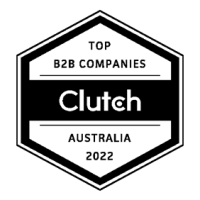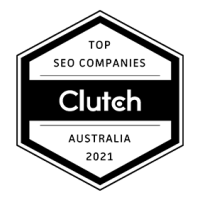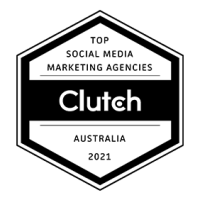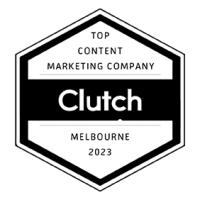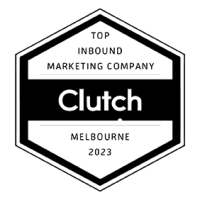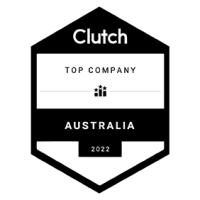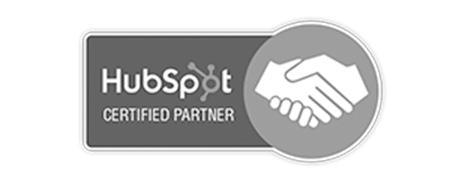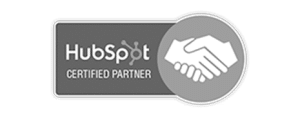What does a digital marketing strategy involve?
You might’ve read our blog giving an overview of what a digital marketing strategy is, and now you’re ready to dive into the details. Or maybe you’re just seeking a little more information on what tools are out there that could help bring your strategy to life.
Digital marketing can be broken down into a number of different types – a bit like traditional marketing might mean ads in the paper, billboards and radio ads, your digital strategy can be made of a few different things.
This blog is going to dive into the different types of digital marketing that are out there. It’s here to give you a bit of insight, and maybe even a bit of inspiration for your own business. The most important thing to note is that not all of them will apply to you – some types of digital marketing fit perfectly with some businesses and others don’t.
To talk about digital marketing to fit your business, get in touch with us.
The big things never change?
Just like you should never pick a digital marketing approach that doesn’t make sense for your business, you should never put something out there that isn’t true to your brand.
As you learn more about (and start trying out) the different tools in this article, it can be tempting to give everything a go. But whether you’re writing an email or putting together a Google ad, the content needs to be true to your brand, tailored to the audience, and consistent with your overall strategy.
Getting your ducks in a row: Owned media.
Before getting into any external marketing, it’s important to look at your owned media – that is, the stuff you have the keys to, like websites and social accounts. So, what do you need to do with them?
Your website…
This isn’t just about looking pretty (though that’s important too) – it’s about making the user experience as seamless as possible.
Be clear and direct
When a customer first comes to your website, they need to be able to see who you are, what you do, and why they should care – all without scrolling or clicking somewhere else.
Website flow
Your website should be designed to pre-empt different customer styles. While some want to go straight to your shop, others want to find out more on a blog or ‘about’ section. Think about these different styles, and how you can make your website easy to navigate in each scenario.
Tools to help you build your website:
- Website builders to help you with design and layout
- Content management tools if you’re housing a lot of content (like a blog)
- Stock image libraries to add imagery to your site
- Graphics tools
- An SEO tool to help you find which keywords you should target
- Website health checker and speed checkers to see if your website could be working harder for you
Search engine optimisation (SEO)
Google does 40,000 searches a second – so there’s a good chance someone’s looking for what your business offers. To make sure you land in the results, you need to make sure there’s content on your website (be it web pages or blogs) that includes the keywords they’re searching for.
Pages that are optimised for Google:
- hit those keywords,
- have other pages linking to them, and
- have good engagement by the people who visit them.
The more credible your page is deemed by Google, the more likely it will rank high in the results (and whoever goes past the first page of Google?). And as more people click on your Google link, it only gets better.
Blogging
Not only does a good blog provide helpful information to customers and target those search keywords, it adds an indexed page to your website which increases your likelihood of being seen by Google.
Owned social media
Your social channels give a nice insight into your brand. Whether you have a strong following and post a lot, or you’re just a quiet presence, make sure you post content that represents your brand and supports any campaigns you’re running.
Start advertising: Paid media
While owned media is about getting people to come to you, paid media is all about getting your message in front of them, be it through social media (Facebook, Instagram, LinkedIn, TikTok, Pinterest, Snapchat), Google, or affiliates. Let’s dive in.
Target the right people
Paid media lets you target specific people – and this is where your buyer personas come in. They’ll help you decide where to advertise, and what to put out there. For each persona, make sure the content is tailored to their wants and needs.
Social media marketing

If you know your audience is on social media, find out which platforms, then use the platform’s ad tools to target them. Each platform will have different sizing and text specifications. To give your ads the best chance of getting seen, make sure you follow them.
How are social ads performing in 2021?
When you start using social media to advertise, you’re doing what’s called content marketing, which is producing media to get the attention of your audience. Remember this – it’s not about putting your brand in front of people in any way you like, it’s about integrating your brand into the platform they enjoy using.
Instagram is visual, Twitter is information-driven and Facebook is often more candid. Understanding the differences between the platforms, and understanding why people use them, is critical to making them work hard for you.
Don’t be afraid to leave social media platforms out of your digital marketing strategy, either, especially if it will take time away from the platforms that really work for you.
Google Ads
While people can find you on Google organically, you can also pay to sit at the top of the page when people search for the things you offer using Google Ads.
The key is to start with some in-depth research into your audience’s intent – what are they searching for on Google? Once you know that, you can pay Google for your brand to appear at the top of the page for those searches.
Battle of the bids: How Google Ads work. You can choose a whole lot of specific keywords to target as part of a single campaign. This helps you target a broad range of specific searches that might appeal to you (i.e. instead of ‘jewellery’, you’ll have things like ‘thin silver bangle’ or ‘rose gold pendant necklace’).
To create Google Ads, you’ll need a Google Ads account. Once you’ve created one, take a look at this in-depth guide to making Google Ads.
When it comes to algorithm-driven advertisers like Google and Meta, it’s important to stay up-to-date with best practice and be ready for changes as they happen. Get in touch with The Hype Society to talk about how to make search and social marketing work for your business.
Affiliate marketing
Affiliates are people who send people to you to purchase a certain product. They usually do this in a way that’s tracked so that when you get the sale thanks to them, they get a cut of the profit.
This works in a couple of ways:
- Fans loyal to your affiliate trust them, so they’re more willing to try your brand – especially if it means they help your affiliate out too.
- Your affiliate has something to gain from your sales, so they’ll put the effort into sending their audience your way.
Influencer marketing
Influencer marketing is all about getting a trusted person with a large following (influencer) to tell their followers about your brand for a fee. A lot of people think of influencers as beautiful people on yachts, but nowadays there are celebrities in just about everything.
If you know your target audience follows influencers, consider if there’s an opportunity for your brand to appear on their channel in a compelling way – one that’s true to your brand, as well as the influencer’s. Unlike affiliated marketing, influencers usually charge a fee for the service (regardless of sales).
While owned media is becoming a bigger part of digital marketing than it was before, using a thoughtful balance of owned and paid is the key to a robust strategy.
One-to-one: direct marketing
Users are pretty savvy these days. When it comes to paid advertising, they know they’re one of many thousands – even millions – of people being served your ads. Direct marketing – that is, when you communicate with one specific customer – has a different feel entirely.
Email marketing
Emails aren’t just an easy direct line to your customers and followers – Litmus has found they have an average return of $36 per dollar spent, and if you’ve got a broader customer base, you can get even better results by segmenting your audience and sending more specific, targeted content (based on where they live, what they buy, which pages they visit on your site).
Sending those emails at the right time, to the right people is also really important. Once you have those email sequences, you can automate them so that, even though your hands are off the wheel, the customer still gets a tailored experience.
Then, there’s the look and feel.
Emails are typically made up of a subject line, a pre-header and the email itself. Testsubject is a tool you can use to see how your subject and preheader will look on certain mobile devices. Ideally, you’ll have a mailing list platform that lets you test different subjects on a smaller group to see which ones get better traction before sending the more successful one to the bigger audience.
With more people checking their emails from a mobile device, make sure yours work as well on a phone screen as they do on a computer. Keep it clean, with only as much text and imagery as you need to get the point across to provide the value your reader is expecting.
One two three: The importance of testing
Everything you’ve read about up to this point is great to try – but does it work? Testing is a huge part of digital marketing that basically answers the question ‘was it worth it?’

Testing helps you see what’s working, and where your investment isn’t working as hard as it could be.
Google Analytics
Google Analytics is a free tool that gives you insight into what people are doing on your website. That includes which paths they took to get there – that is, which of your marketing efforts to drive traffic to your website are working (and which of those are leading to conversions).
It can also help you see how well your website performs in Google searches. If you’re launching an SEO campaign, this can be incredibly useful.
Marketing attribution
A marketing attribution tool helps you see how your marketing activity is performing. Some functionality overlaps with Google Analytics, but marketing attribution goes into richer detail about the exact returns your advertising investments are getting.
Conversion rate optimisation (CRO)
Around $99 dollars in every $100 is spent acquiring traffic, with the remaining $1 going to conversion. Of course, it’s normal to have more people coming into your funnel than converting, but there are ways to increase your conversion rate without breaking the bank.

CRO is about improving small things in your sales journey to increase the likelihood that someone will convert – like making a button more prominent, or including a compelling piece of information that will help justify their purchase. Once you’ve made the change, you present it to half your audience. If it performs better than the old way, you make it a permanent fixture for all your users.
Start small, build-up
If there was any advice we could give around digital marketing, that’s it. Start with one thing, learn it well and get it ticking along before you move onto the next.





